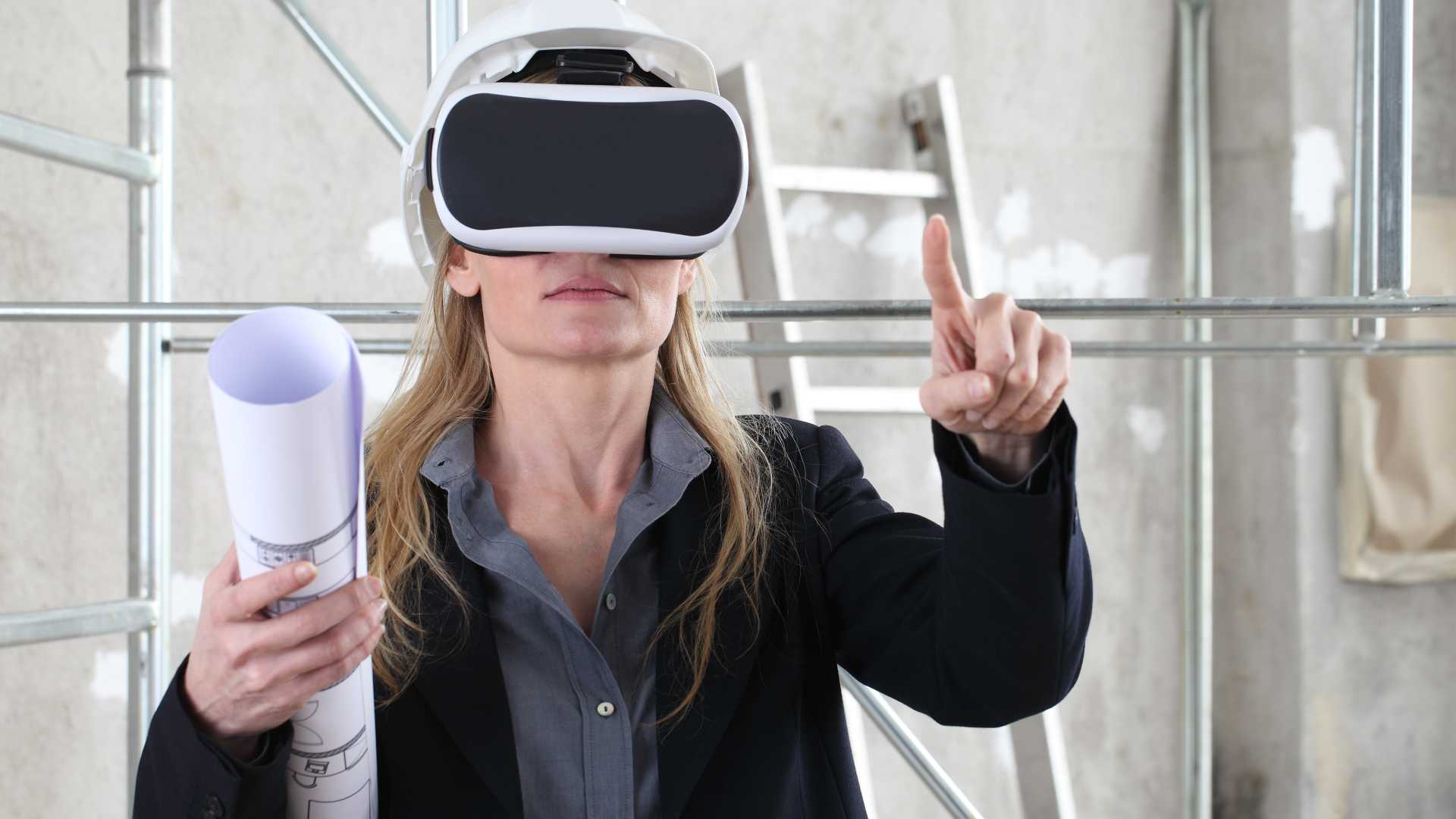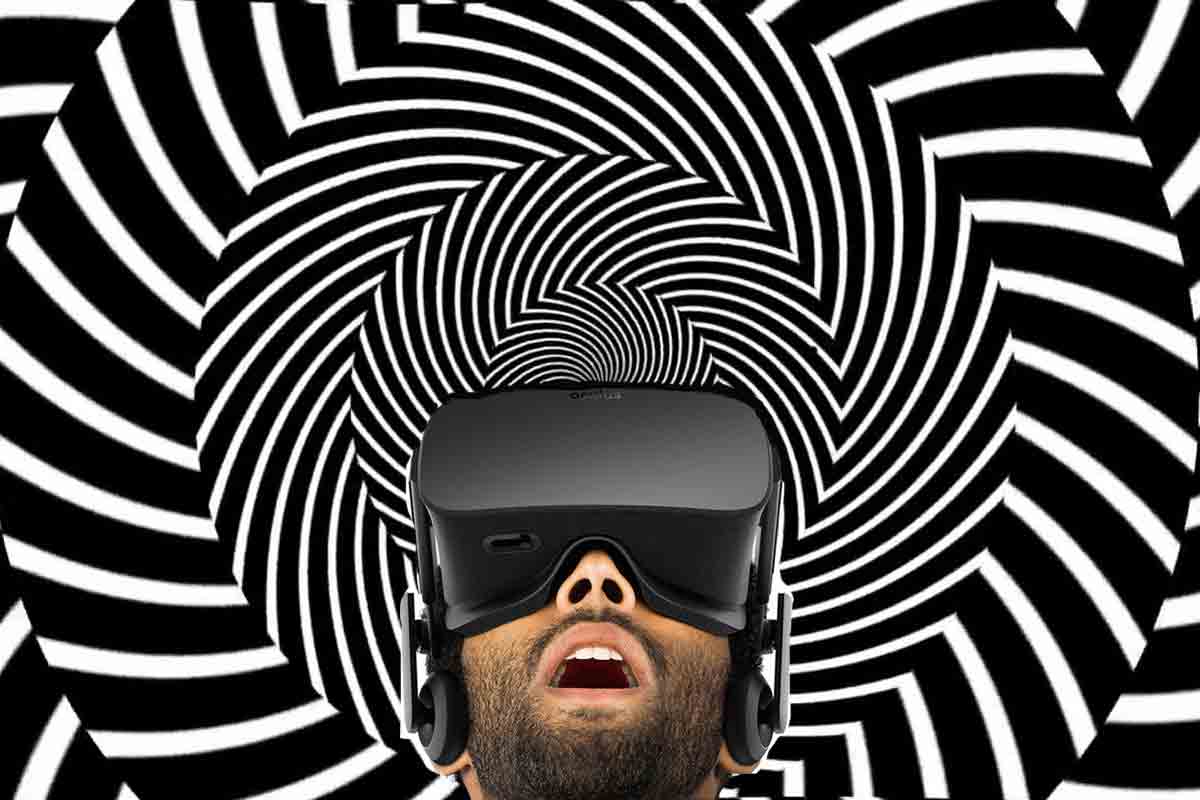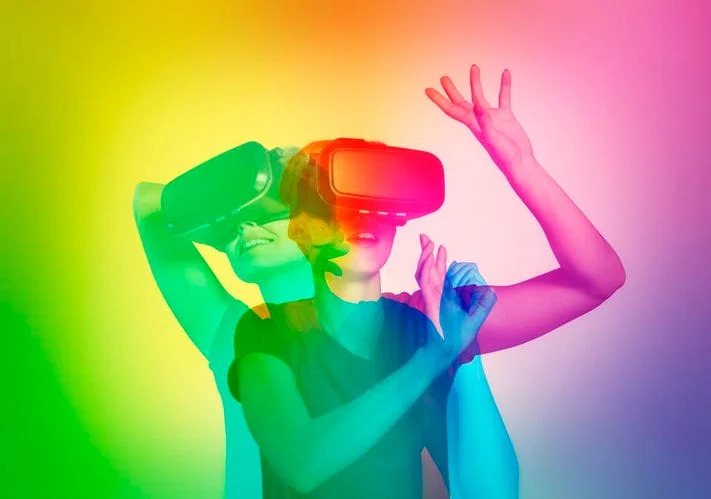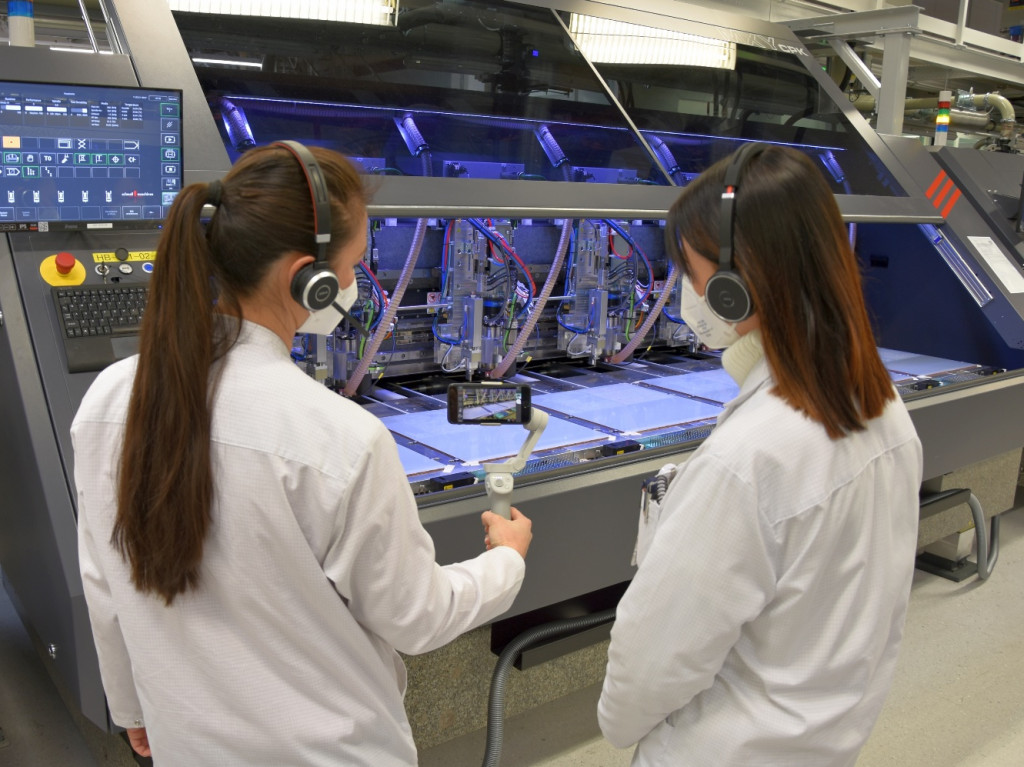There’s no doubt 2021 will be another year of technological acceleration across industries. While working from home shows no signs of stopping, organizations are tasked with locating new resources to keep employees engaged and thriving.
By now, a large portion of consumers are familiar with virtual reality (VR), as the technology has captured much of the gaming landscape. However, many have yet to discover that VR is equally powerful in a number of other environments — including the corporate setting. Organizations seeking innovative training in the new year should consider using VR to train and upskill employees through engaging experiences that improve knowledge retention.
Location-based Entertainment (LBE) Is the Next Step
In a training environment, VR can look different for different industries and job tasks. UPS, for example, leverages VR technology to help its student drivers navigate the busy, and often hazardous, streets when delivering packages — without putting the student or others at risk. Walmart leans on VR in its training academy to prepare associates for potential crises like active shooter situations, which has helped save lives.
While VR opens the door for training innovation and new learning avenues across industries like transportation and retail, there is a lack of immersion when it comes to tasks that require more physical movement than seated experiences. Luckily, the technology behind location-based entertainment (LBE) can compensate for this limitation. LBE is a “virtual-reality-meets-in-person-training” experience in which learners can engage in a physical space.
Again, the entertainment sector is no stranger to the technology. Recently, Europa-Park worked with multiple VR companies to create a location-based VR entertainment platform that supports full-body tracking of 32 simultaneous players in large venues. This platform makes the technology come to life and gives users an immersive experience. In the biggest experience of its type to date, players can collaborate and solve problems with a variety of tools and objects while working through an engaging storyline with friends and family. Location-based virtual reality can offer a realistic training experience for the development of soft skills.
An experience of this magnitude paints a picture for what LBE virtual reality may look like in other settings. In particular, active roles that involve emergency services or construction might see an immediate benefit. With location-based virtual reality, it’s possible to teach someone how to complete cell phone tower maintenance — including the feeling of climbing a ladder in high winds — without being hundreds of feet off the ground. Similarly, it can help miners, who are responsible for traveling thousands of feet underground, learn the ins and outs of various encounters at blast walls and adapt to harsh conditions through a lifelike “game” before they enter a mine.
Why Location-based Virtual Reality?
Not everyone works in a high-risk environment, however. How could location-based virtual reality be a good fit for someone in an office setting? Increasingly, research has shown that when modern VR technologies are used for learning, they can improve knowledge retention, improve attentiveness and reduce training time, and even improve reaction times and decision-making. Not only can learners absorb more information, but the agile technology can give training professionals the ability to adapt content in real time. One VR training company uses teachers and live actors to create a classroom simulation that imitates “real life.”
Location-based virtual reality can also offer a realistic training experience for the development of soft skills, such as public speaking. As time goes on and adoption increases, we’ll see even more opportunities develop across a variety of use cases.
VR in 2021
Early adopters have capitalized on VR in recent years, but as training time continues to be hard to come by, we’ll likely see VR take center stage in more diverse environments moving forward. With opportunities across industries for executives and human resources (HR) teams to adopt and maximize the use of virtual reality through location-based entertainment, employees can learn quickly and remain engaged in their training sessions. The power behind LBE will surface more than ever as the technology continues to evolve and become more cost-effective, prompting more organizations to seek the “next big thing” in a ballooning industry. Location-based virtual reality fills the gap for an immersive experience many sectors have been missing out on for too long. Location-based virtual reality fills the gap for an immersive experience many sectors have been missing out on for too long.
Quelle:




